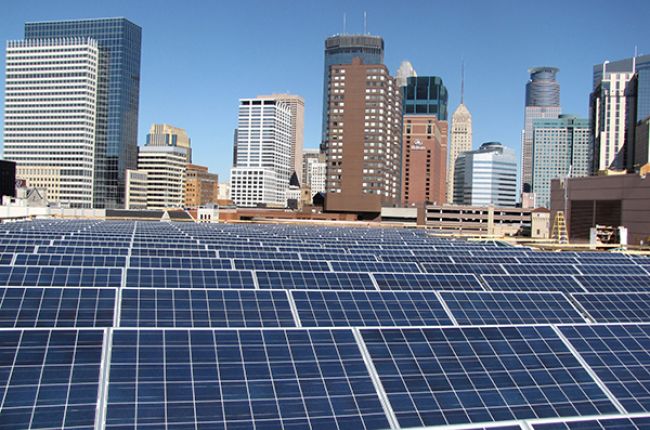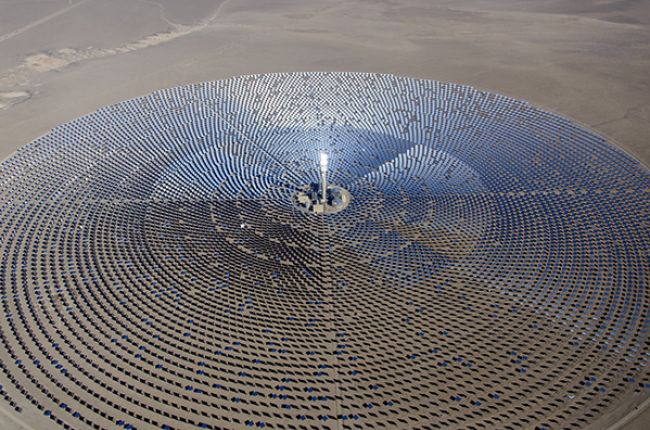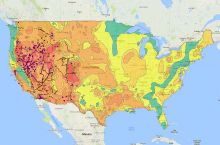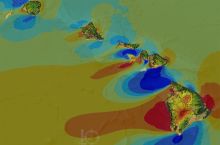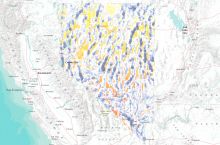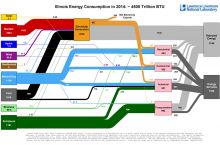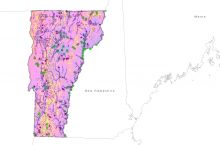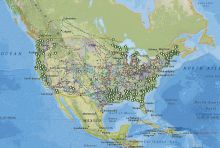Solar energy is energy from the Sun, which can be harnessed in several ways. Solar panels use the photovoltaic effect to generate electricity directly from sunlight. The Sun’s heat can be used directly to heat water or air, or it can be concentrated to boil water, driving steam turbines that generate electricity. Solar energy is a form of renewable energy.
Solar power generation is most effective in places that have a lot of direct sunlight throughout the year. Low-latitude, desert areas are ideal, such as southern California, Arizona, and Nevada. However, most areas of the United States are sunny enough to use solar energy to some extent. Solar energy is only available when the sun is shining, so even in the sunniest places, nighttime energy needs must be provided by other energy sources. Scientists and engineers are working to develop advanced batteries to store energy generated from solar power and therefore make solar energy usable 24 hours a day.
Why does solar energy matter?
Solar energy currently only provides around 1% of the electricity in the United States. However, solar power facilities are expanding rapidly both in large-scale commercial utilities and in home installations. Solar power generation in the U.S. doubled from 2014 to 2016; with continued improvements in technology, and existing policy incentives for renewable energy, solar energy is expected to become a larger source of electricity in the U.S. in the future. The production of many new solar cells and advanced battery storage will also require a wide variety of Earth materials, some of which are very rare.
How does geoscience help inform decisions about solar energy development?
Geoscientists study the distribution of solar resources (i.e., how sunny different places are) and help to identify suitable sites for solar power generation. Geoscientists locate and extract the wide variety of mineral resources required by solar energy technologies, and help to minimize environmental damages associated with mining for these resources.
Learn More
Introductory Resources
- Solar Energy Basics (Website), National Renewable Energy Laboratory
Information on the various different ways in which solar energy is harnessed, including solar photovoltaics, concentrating solar power, solar water heating, and passive solar technology, with links to many more resources
- Solar Explained (Webpage), Energy Information Administration
Introductory information on solar energy, benefits and limitations, technologies, and environmental impacts
Resources for Educators
- Education Resources Network, AGI's Center for Geoscience & Society
Search for solar energy resources in: Professional Resources, Curricula & Instruction, Teaching Media, Outreach Programs
- NGSS Performance Expectations, Next Generation Science Standards
4-ESS3-1, MS-ESS2-1, HS-ESS3-2
- NGSS Disciplinary Core Ideas, Next Generation Science Standards
ESS2.A, ESS3.A

